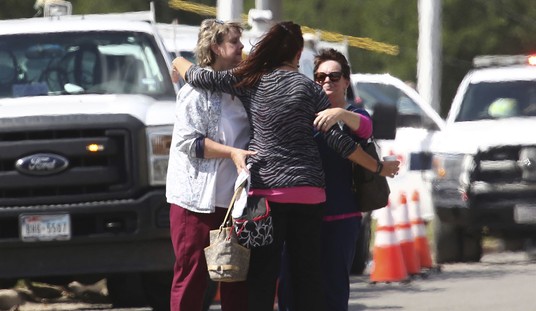Last week, the AFL-CIO approved its last-ditch plan to stave off continued decline into irrelevancy: Offer membership to non-union front groups that are exempt from federal labor law, otherwise known as “worker centers.”
Worker centers, according to the labor leaders behind them, are simply non-union community groups that advocate for low-wage workers. Many of them are registered as charities, non-profits, and other tax-exempt entities.
But they’re not what they seem. By not registering as labor unions, worker centers do not fall under the restrictions placed on union activity in National Labor Relations Act and the Labor-Management Reporting and Disclosure Act.
You wouldn’t know worker centers weren’t unions by looking at what they do, though. They organize high-profile pickets who protest and advocate in lockstep with their labor union parents for policies like living wage laws, mandatory paid leave, and more.
In fact, the only major practical difference between worker centers and actual labor unions is that worker centers don’t “deal with” the employer through negotiations. Instead, they use professional union organizers to single out a select group of employees with grievances—sometimes no more than a few dozen—and then engage in nuisance “strikes” and make demands of the employer that would apply to the entire workforce.
The ultimate goal is always complete unionization—even when these protests start as a Potemkin village of strikers masterminded by union organizers.
Freed from labor laws, worker centers have been created at an astonishing rate. Starting with fewer than 5 in the early 1990s, the AFL-CIO now estimates that there are 230 such groups. More are added every year.
You’ve probably heard of a few. The headline-grabbing fast food strikes, for instance are organized by “Fast Food Forward,” “Fight for 15,” and a host of similarly-named organizations, most of which were founded and are funded by the Service Employees International Union.
There’s also “OUR Walmart,” which was hatched by the United Food and Commercial Workers International Union to target the big box retailer. Elsewhere, the Hotel Employees and Restaurant Employees International Union helped found the Restaurant Opportunities Center to target high-profile eateries in major American cities.
Despite its long-standing ties to and its millions of dollars in funding for these groups, the AFL-CIO is only just now willing to admit its paternity. It’s no surprise why: Organized labor’s Great Depression-era structure is crumbling, and its precipitous decline in members—including the 400,000 it lost last year alone—has driven labor leaders to explore new paths to survival.
Whether this desperate attempt will succeed remains to be seen. But while we wait to find out, the labor leaders behind these worker centers need to answer an important question: Why does organized labor’s brave new world need to be exempt from the regulations and the reporting requirements that were specifically designed to keep union activities fair and labor leaders honest?
Richard Berman is the executive director at the Center for Union Facts, which recently launched a new project unmasking worker centers as the labor union front groups that they are.














Join the conversation as a VIP Member